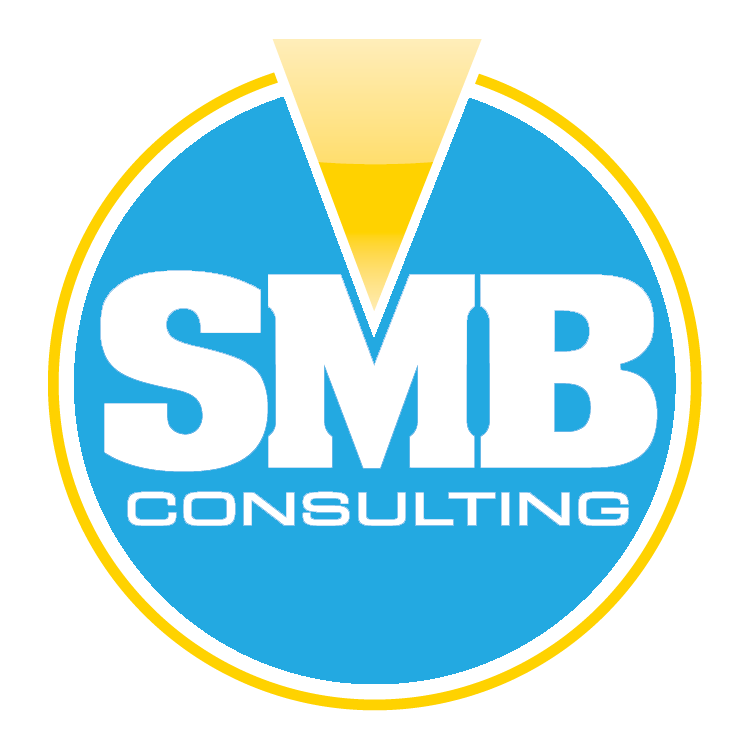This is the feature article in this week’s RealtyBiz Agent Success Newsletter.
I’m now back from Spain and have spent the last week trying to catch up on email, contacts, client relationships, and everything else that I put on hold for my vacation. Getting away was great – and I made sure not to do any work on the trip – but coming home to an inbox filled with thousands of messages was not fun.
While I love the instant access to virtually anyone that email provides, that instant access can be a huge drain on my productivity – especially when 80% of the email I receive is not urgent, doesn’t require a response, or never seems to get to the point.
If you’re struggling to manage your email, here are seven tips to help.
- Only check email at certain times. While it’s tempting to leave your email program open at all times, that’s a huge productivity killer. You don’t need to check every email the second it comes in, thus interrupting whatever task you were doing. Instead, set aside 20-30 minute blocks of time two or three times per day to check email. If this type of non-responsiveness makes you nervous, create an autoresponder that states the specific times you check email, when the sender can expect a response, and what to do if they have an urgent need.
- Make sure those times aren’t when you are most productive! While it’s tempting to check your email first thing in the morning, this isn’t always the most productive. Instead, Brian Tracy suggests in his book, Eat That Frog, that you should look over your to-do list and find the biggest task that will yield the most positive benefits if you complete it now – and do that first thing in the morning rather than start off the day with email. Your email can wait. Use your most productive times to work on the stuff that matters most.
- Delete liberally. You can delete a considerable portion of your email before you even open it just by checking out the sender and subject. Scan both, and then ask yourself “Do I really have to read this today?” If the answer is no, hit delete. Don’t keep it around in hopes of reading it later – it will probably just sit in your inbox unopened.
- Scan for action steps and deadlines. Much of the email we receive can be classified as junk mail or notifications and doesn’t require action on our part. Look for email that does require a specific action that must be done within the next week or two and set these email aside. These should be your top priority.
- Take action immediately. If the email requires you to take action and you can do that action in less than two minutes, do it now rather than putting it off. It’s better to get things done quickly than to put them off until you prioritize everything. For action steps that will take longer, move the email to a prioritized folder so you can easily find it along with all the other action-oriented emails. Searching for buried email lost in a sea of unimportant email is a huge time waster.
- Send concise replies. When you respond, keep it as short and to-the-point as possible. Start off by summarizing the key point you are responding to and add your reply, so your recipients understand your response in context. For instance: “You asked if I can attend a meeting on Monday, June 16 at 3PM. Unfortunately, I’m not available until 4PM. If that doesn’t work for you, I can also meet Tuesday morning.” You don’t need to write a book here. Limit yourself to a few sentences at most – or better yet, if you can answer the question in the subject line, do so.
- Outsource your email. I don’t actually do this (yet) but if you really want to take this concept to an extreme, check out this blog post by Tim Ferriss, author of The 4-Hour Workweek, on How to Outsource the Inbox and Never Check Email Again.
Time is your greatest asset, and learning to manage your email effectively can really give your productivity a boost.
